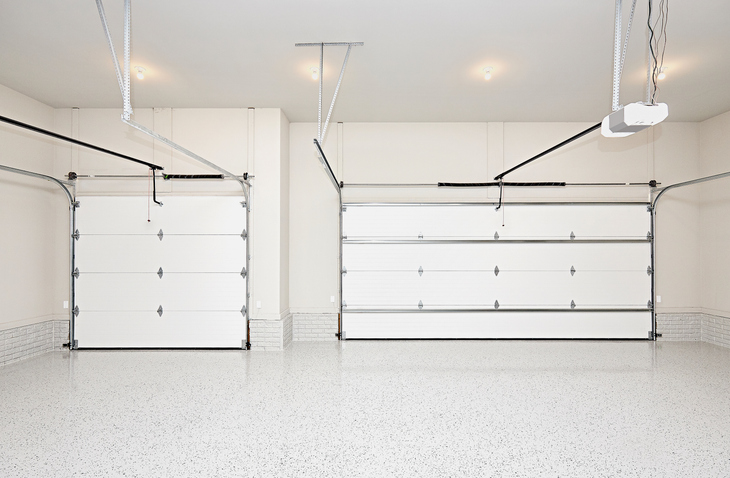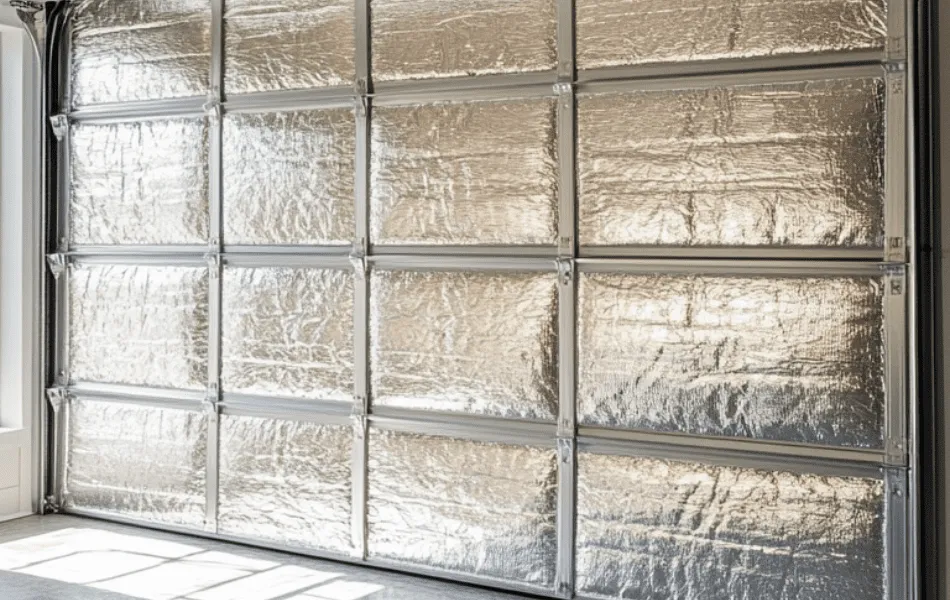For many homeowners, the garage is not just a place to park cars; it’s a workshop, storage area, or even an additional living space. However, maintaining a comfortable temperature in the garage can be challenging, especially in extreme weather conditions. This is where garage door insulation kits come into play. By investing in these kits, homeowners can significantly enhance the energy efficiency and comfort of their garages.
In this article, we’ll explore the benefits of garage door insulation kits, how they work, and why they are a smart investment for anyone looking to improve their home’s energy efficiency.

Understanding Garage Door Insulation
What is Garage Door Insulation?
Garage door insulation involves adding a layer of material to the garage door to reduce heat transfer. This helps maintain a stable temperature inside the garage, regardless of outside weather conditions.
Types of Insulation Materials
There are several types of materials used in garage door insulation kits, including:
- Polystyrene foam
- Polyurethane foam
- Reflective foil
Each material offers unique benefits, such as improved thermal resistance or moisture control.
Benefits of Using Garage Door Insulation Kits
Energy Efficiency
One of the primary benefits of using garage door insulation kits is improved energy efficiency. Insulated garage doors help prevent heat loss during winter and keep the garage cool during summer, reducing the need for additional heating or cooling.
Enhanced Comfort
Insulation helps maintain a more comfortable temperature in the garage, making it a more usable space year-round for activities or storage.
Noise Reduction
Insulated garage doors also help reduce noise from outside, creating a quieter indoor environment.
How to Choose the Right Garage Door Insulation Kit
Assessing Your Needs
Before purchasing a garage door insulation kit, assess your specific needs. Consider factors such as climate, garage usage, and budget.
Comparing Different Kits
When comparing kits, look for features such as R-value (a measure of thermal resistance), ease of installation, and material quality.
Installation Process
Steps to Install Garage Door Insulation
- Clean the garage door surface.
- Measure the door panels for accurate fit.
- Cut the insulation material to size.
- Attach the insulation to the door panels.
- Secure the insulation with adhesive or clips.
Professional vs. DIY Installation
While some homeowners opt for DIY installation, hiring a professional can ensure a precise fit and optimal performance.
Cost Considerations
Initial Investment
The cost of garage door insulation kits varies depending on the material and brand. However, the initial investment is often offset by energy savings over time.
Long-Term Savings
By improving energy efficiency, insulated garage doors can lead to significant savings on heating and cooling costs.
Maintaining Your Insulated Garage Door
Regular Inspections
Perform regular inspections to ensure the insulation remains in good condition and the door operates smoothly.
Repairs and Replacements
If you notice damage to the insulation or door components, address repairs promptly to maintain energy efficiency.
The Impact of Garage Door Insulation on Home Value
Adding insulation to your garage door not only improves comfort and efficiency but can also enhance your home’s resale value. Potential buyers appreciate energy-efficient features, making your property more attractive in the real estate market. Learn more about how insulated garage doors can impact home value.
Environmental Benefits
By reducing energy consumption, insulated garage doors contribute to a smaller carbon footprint, making them an environmentally friendly choice. For more insights, visit this external resource.
Common Misconceptions
Insulation is Only for Cold Climates
While insulation is beneficial in cold climates, it also helps keep garages cooler in hot weather, making it a versatile solution for all climates.
All Insulation Kits are the Same
Not all insulation kits offer the same performance. It’s important to choose a kit that meets your specific needs and budget.
Conclusion
Investing in garage door insulation kits is a smart decision for homeowners looking to enhance their garage’s comfort and energy efficiency. By understanding the benefits and installation process, you can make an informed choice that suits your needs.

FAQs
1. How do I know if my garage door needs insulation?
Consider insulation if your garage is too hot or cold, or if you use the space frequently for activities or storage.
2. Can I install a garage door insulation kit myself?
Yes, many kits are designed for DIY installation. However, professional installation may ensure a more precise fit.
3. How long does garage door insulation last?
With proper maintenance, insulation can last for many years, providing ongoing energy savings and comfort.
This article contains affiliate links. We may earn a commission at no extra cost to you.









